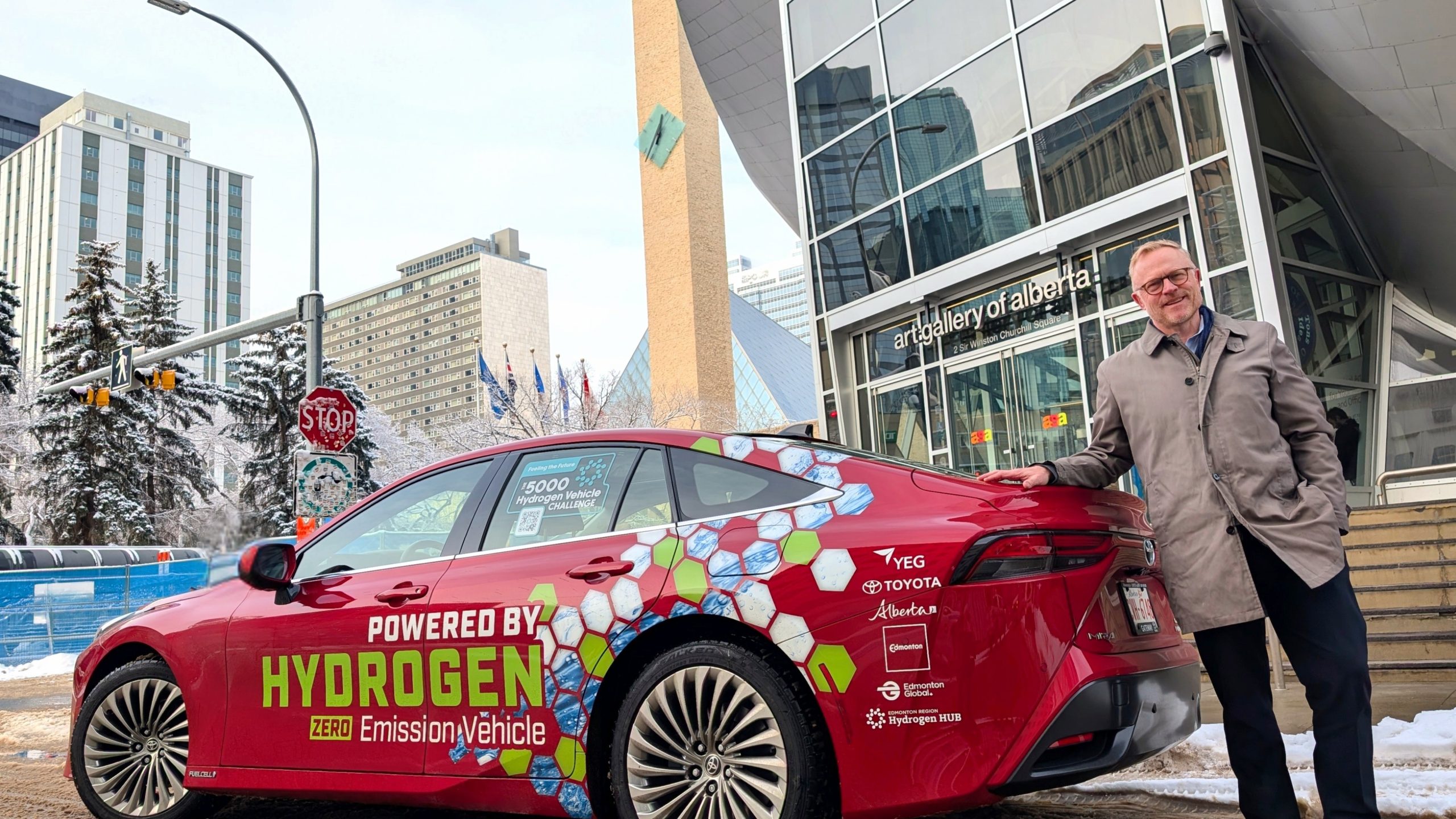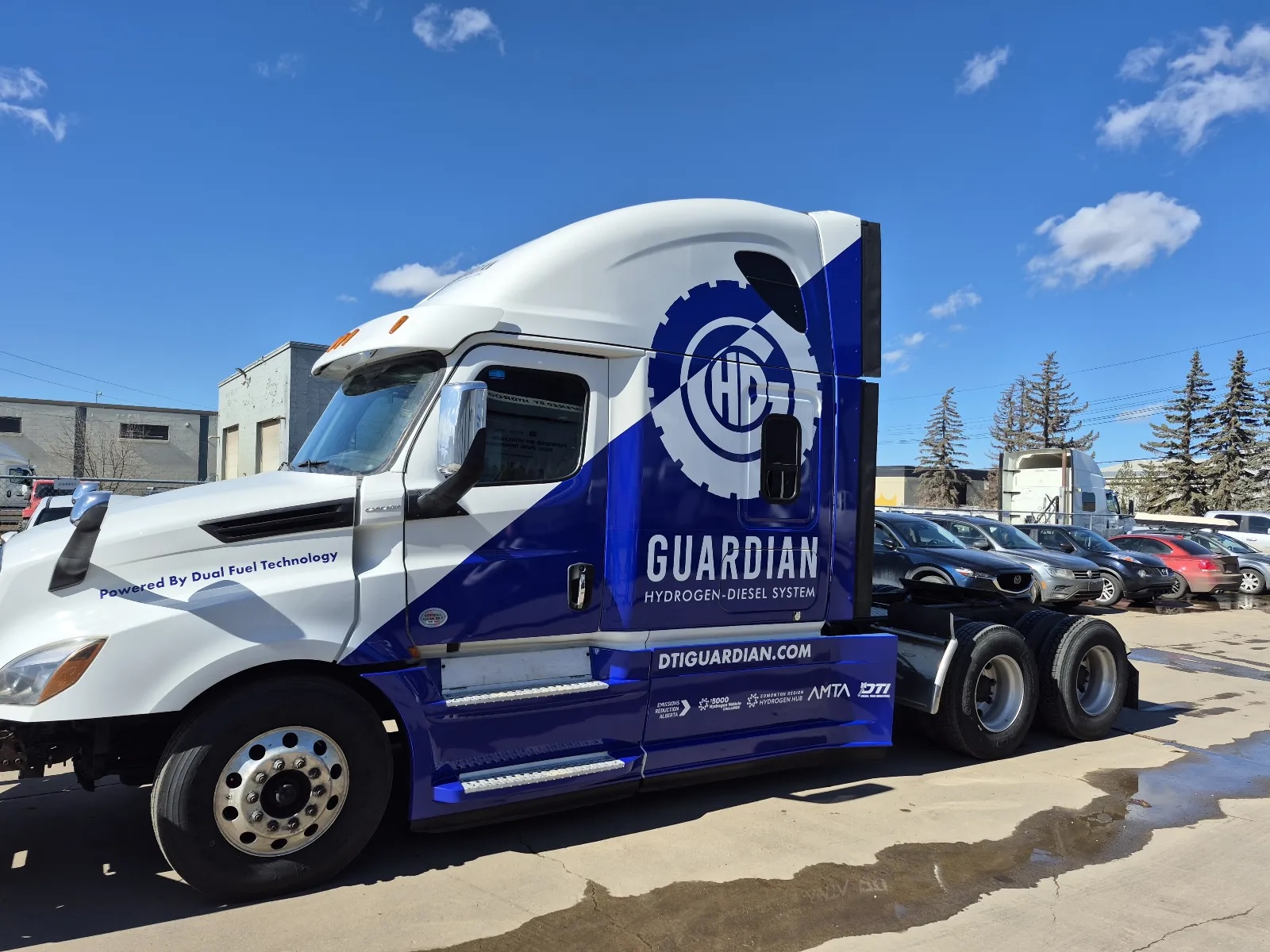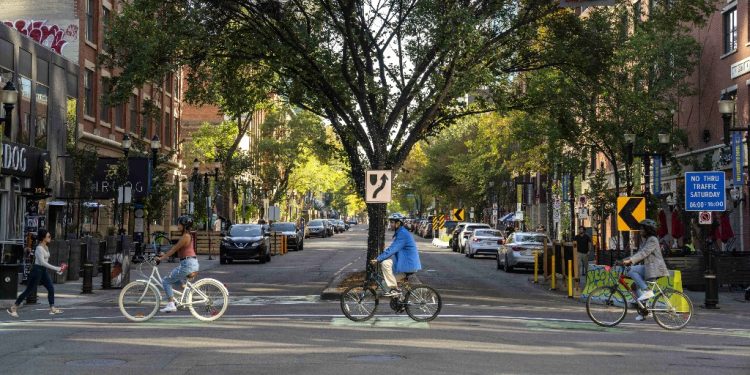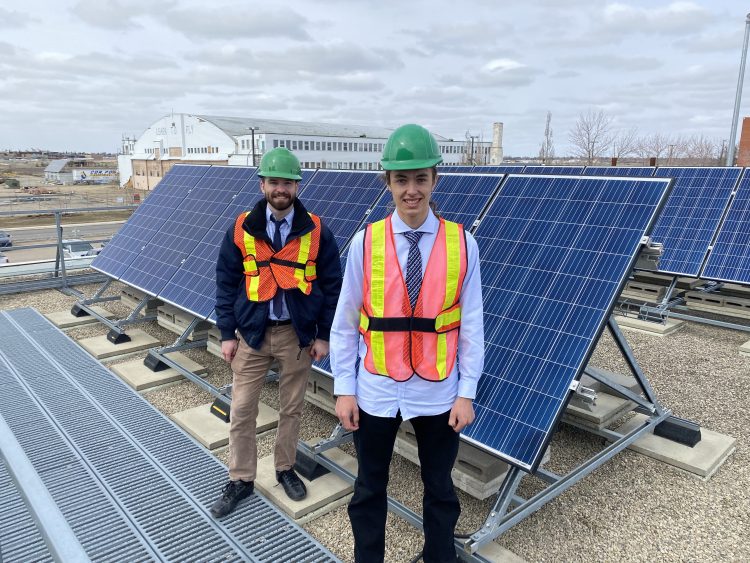The Edmonton region has its foot on the gas when it comes to reducing carbon emissions and using cleaner energy to fuel vehicles, homes and industry.
Hydrogen, to be precise.
As Canada’s largest producer of the gas, the Edmonton area is a hotbed of hydrogen innovation—from how we make it to how we use it.
“We’ve got a really strong ecosystem here that’s trying to prepare itself for the hydrogen opportunities that we see coming,” says Brent Lakeman.










